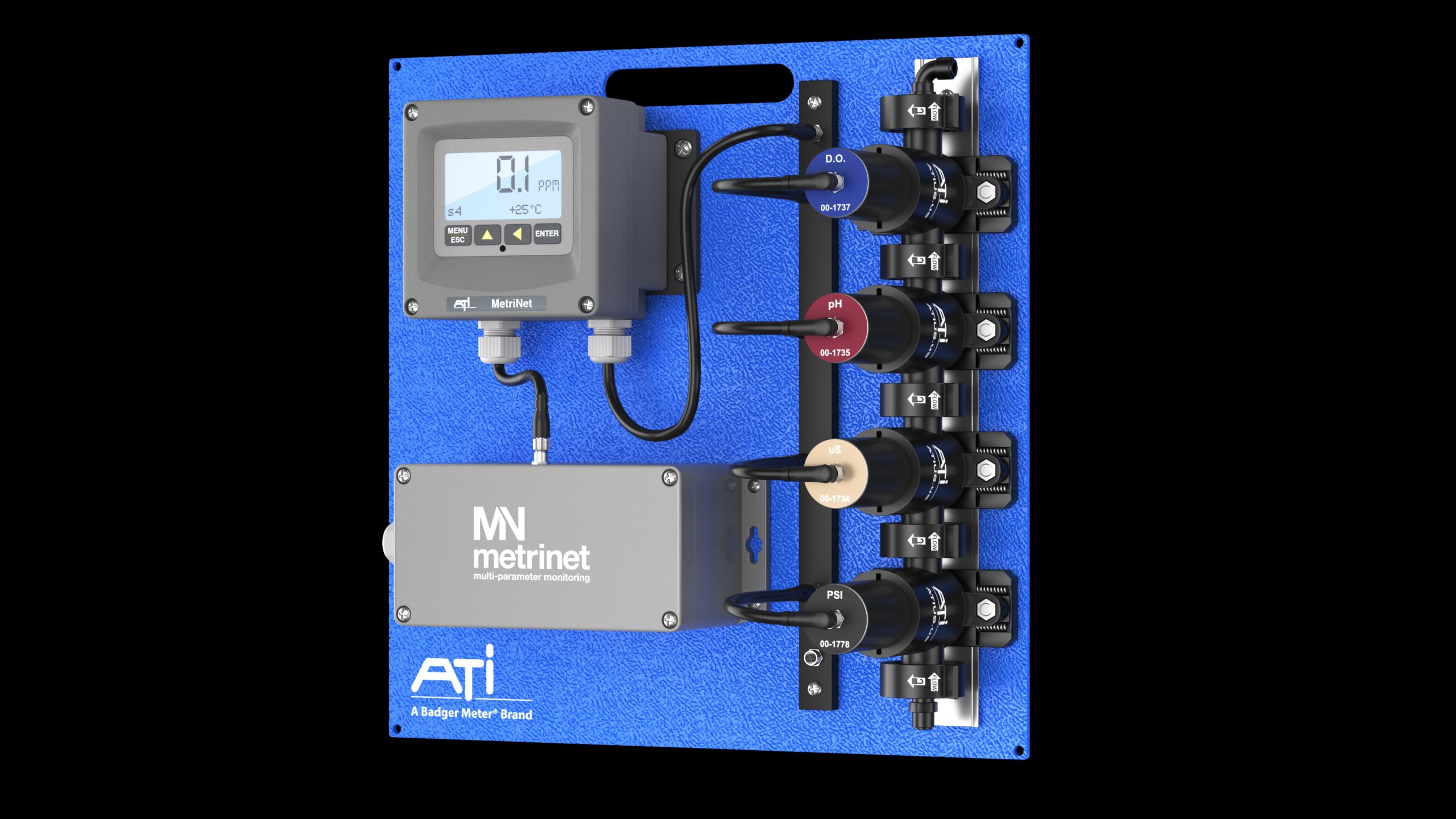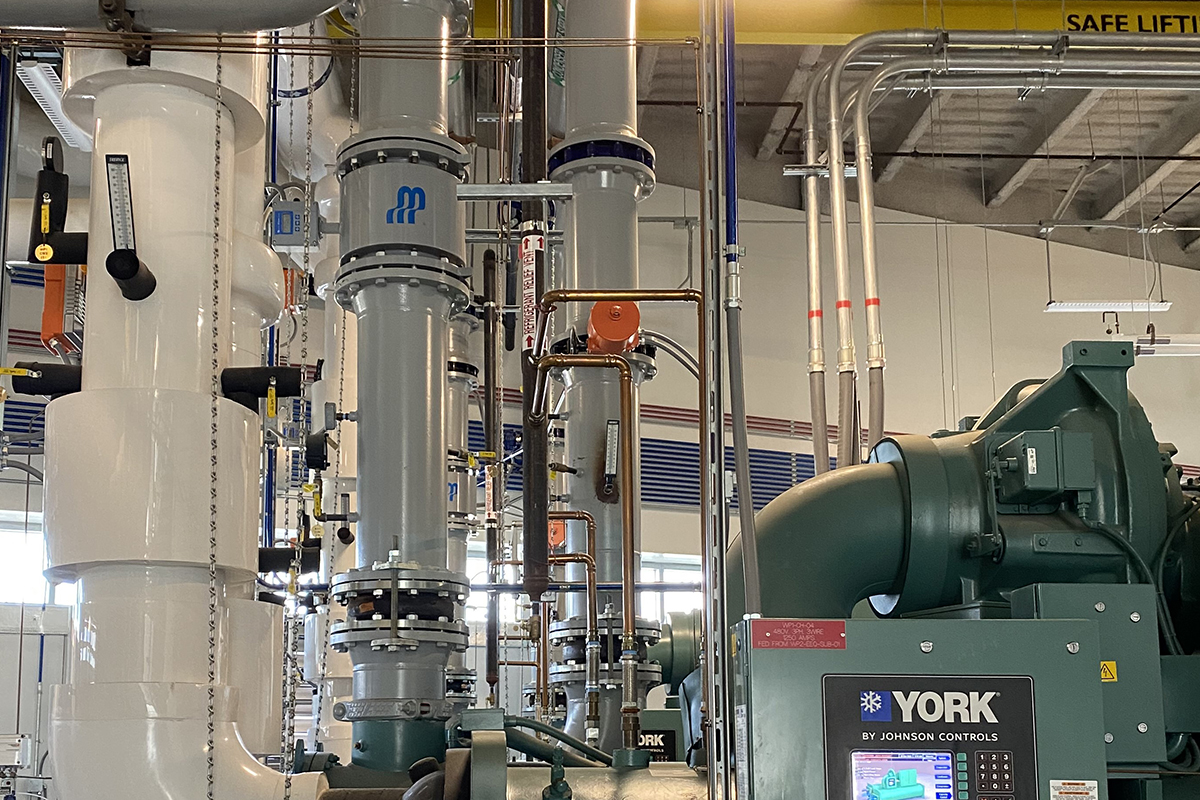
As I discussed in the previous article, managing the supply of refrigerants in response to quotas introduced by the F-gas phase down will be a key issue for the HVAC-R sector in the coming years.
While the air conditioning sector is a relatively small consumer of F-gas (around 17% by volume of the market), significantly reducing the demand for higher-GWP refrigerants in HVAC-R systems before the next F-gas quota reduction in 2021 will play an important role in alleviating many of the issues – and sharp price increases – experienced since the last significant step down at the beginning of 2018.
The short term: producers commit to maintaining supply
During this period of transition, it is important to understand that there is no need for concern when specifying units running on R410A, such as larger VRF/VRV systems. This is because F-gas producers, including Daikin Industries, are committed to maintaining the supply of a range of refrigerants to meet the diverse needs of air conditioning, heating and refrigeration over the products’ life time. This will help ensure systems from all manufacturers do not become obsolete in the foreseeable future.
It is also worth remembering that there is no ‘one-size-fits-all’ low-GWP refrigerant. As a result, a range of gases, including R32, R410A, HFO blends, CO2 and hydrocarbons, such as Propane and Butane, will continue to be produced for many years to come. Of course, refrigerant selection depends on the application, required capacity and temperature range, considering safety, environmental impact, efficiency and cost-effectiveness.
The medium term: establishing a circular economy
An effective way of maintaining the supply of gases, such as R410A, in the next two or three years will be to establish a ‘circular economy’, encouraging the recovery, reclamation and reuse of refrigerants when systems are serviced or replaced.
Daikin research suggests about 65% of the annual volume of R410A is used in service and maintenance, which can be reduced through improved recovery practises. At the end of the life of systems, when units go to waste processors, it is also essential that refrigerant is recovered and returned for use.
Historically, there has been limited incentive to implement wide-scale reuse because new refrigerants were freely available at a low cost. However, statistics from the European Environment Agency show that attitudes are changing. In 2016, for example, the volume of reclaimed HFCs doubled compared with the year before. There is still significant room for improvement, however, as this represents just 5% of the total produced. The responsibility for increasing this level still further lies with both the installers and the cylinder fillers. The installers can keep similar gases separate so there is more incentive for the cylinder fillers to clean and recycle. The cylinder fillers can invest in separation technology, so mixed gases that are returned can be separated, cleaned and reused
More emphasis needs to be placed on maximising reuse and making it easier for gas recovery. The need to recover R410A to ensure a healthy supply will grow over the next few years, as many older VRF/VRV systems will start to come to the end of their working lives. The ultimate aim should be that all refrigerant is recovered and recycled, rather than disposed of.
The long term: switching to R32
In the longer term, switching to single component gases – such as R32 – will not only reduce the environmental impact of the industry but will also make recycling easier because they are much simpler and, therefore, cheaper to process and reuse.
Ultimately, the industry as a whole needs to place more emphasis on maximising reuse and making it easier to recover the gases. This will require closer collaboration across the supply chain and the wider acceptance of innovative approaches to processing recovered refrigerant.
R32 is the front-runner for comfort cooling applications. It has a lower GWP – 675 compared to 2,088 – and is 10% more efficient than R410A, plus its higher ‘volumetric efficiency’ means smaller units deliver the same capacity with less refrigerant.
R32 VRF/VRV systems are becoming available – Daikin launched a high-capacity R32 VRV in Japan earlier this year – but those for every application are some time away because improving efficiency and reducing charge volumes means developing new compressors and heat exchangers.
Until then, R410A VRF/VRV systems are still a wise choice: safe, efficient and cost-effective, they represent the best way of minimising environmental impact. Rest-assured the HVAC-R sector will continue to support refrigerant diversity and keep systems working throughout their lifetimes.





